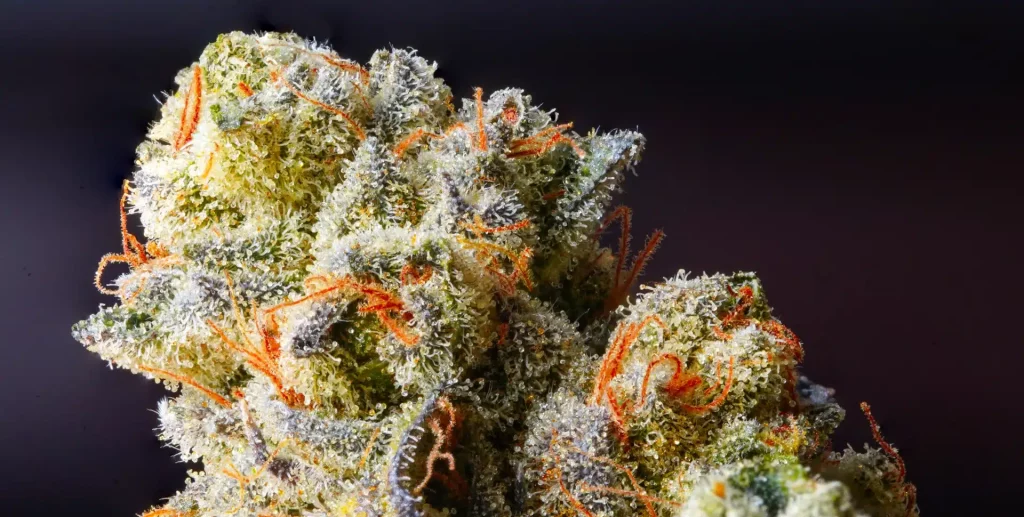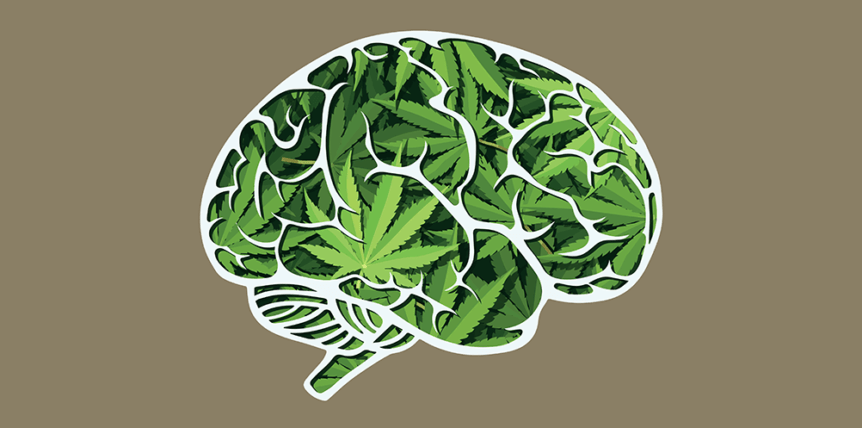THC-X VS THC-A

Table of Contents
When browsing online dispensaries or local stores, you may come across products that mention two different cannabinoids: THC-X and THC-A. At first glance, because both names start with THC, you might assume that these cannabinoids have similar effects. However, it's important to understand the differences between them before making a purchasing decision. This article will outline the disparities between THC-A and THC-X.
THC-X VS THC-A

Chemical Structure
THC-A, also known as tetrahydrocannabinolic acid, is the acidic form of Delta 9 - THC, which is the main psychoactive compound in marijuana that produces a high. Its chemical structure differs slightly from Delta 9 - THC because it has an extra carboxyl group. On the other hand, THC-X has a more complex chemical configuration, consisting of acetoacetic, butyric, and isovaleric esters of Delta 8 - THC.
Furthermore, scientists refer to THC-A as the precursor of Delta 9 - THC because when THC-A is exposed to light and heat, it decarboxylates and converts into Delta 9 - THC.
Nature Of Cannabinoid
Since research on THC-X is still in its early stages, there is limited information available about whether it is a natural or artificial cannabinoid. In contrast, THC-A is one of over 100 cannabinoids that naturally occur in cannabis. It is a precursor to Delta 9 - THC, which is one of the most well-known cannabinoids in the hemp market.
Did you know that freshly harvested marijuana contains significant amounts of THC-A? However, when this marijuana is exposed to sunlight, heat, and drying, THC-A converts into Delta 9 - THC.
Potency
Which cannabinoid do you think is more potent: THC-A or THC-X? If you chose THC-X, you're correct. The extra carboxyl group in THC-A's chemical structure prevents it from producing a high. In contrast, THC-X has intoxicating effects that fall somewhere between Delta 8 and Delta 9, which are known for their psychoactive properties.
Type Of Effects

Both THC-X and THC-A exert their effects on the body by interacting with the endocannabinoid system (ECS), which regulates functions such as memory, mood, and appetite. The ECS consists of endocannabinoids, cannabinoid receptors (CB1 and CB2), and other receptors throughout the body.
When you consume THC-X, it activates the CB1 receptor and produces intoxicating effects such as stress relief, mood improvement, and energy boost. On the other hand, THC-A does not activate the CB1 receptor. Instead, it interacts with other receptors in the body, giving it anti-inflammatory properties.
Are THC-X and THC-A Legal In The US?
The legal status of THC-X and THC-A in the United States can be complex and depends on various factors.
THC-A is not classified as a controlled substance at the federal level, meaning it is not explicitly illegal under US law. However, it is important to note that once THC-A is heated or decarboxylated, it becomes THC, which is a controlled substance and illegal under federal law.
On the other hand, THC-X is a relatively new chemical compound, and its legal status is currently unknown. The federal government does not officially classify it as a restricted substance, and it is not approved for use as a prescription medicine.
Even in states where marijuana is legalized for recreational or medical use, there may still be regulations and restrictions on the use of THC-X or THC-A. It is important to research the laws and regulations regarding marijuana-based or hemp-derived products in your state to avoid legal penalties.
Duration of Effects

The duration of THC-A and THC-X effects depends on several factors:
Method of consumption
The method of consumption can affect how long the effects of THC-A and THC-X last. Vaping or smoking provides quick onset and shorter-lasting effects (around 2-4 hours), while edibles take longer to kick in but can last 6-8 hours or even longer.
Dose
The dosage of THC-A and THC-X consumed is also a significant factor. Higher doses will produce more potent and longer-lasting effects compared to lower doses.
Tolerance
Regular users of THC-A and THC-X may develop tolerance, meaning they will need higher doses to achieve the same effects. Higher tolerance can result in faster dissipation of the effects.
Metabolism
The speed at which the body metabolizes THC-A and THC-X varies from person to person. Some individuals metabolize these compounds more quickly, resulting in shorter-lasting effects.
Binoid Is The Place For The Best Cannabinoid Products
Cannabinoids cannot be found everywhere; therefore, one must exercise caution when encountering manufacturers who make false claims about their products. However, there is one brand called Binoid that can be trusted for its commitment to extraction and delivering the finest hemp and cannabis offerings. Binoid offers a wide range of products infused with high-quality cannabinoids, suitable for addressing various ailments or simply indulging in their benefits.
Binoid firmly believes that incorporating hemp cannabinoids into one's lifestyle is essential for maintaining good health. Visit the Binoid website today and enjoy an additional 25% discount on your purchase using coupon code 25Binoid at checkout.
THCA VS THCX - Conclusion
In summary, it is essential to understand the differences between THC-A and THC-X before deciding to purchase cannabinoid products. THC-A is a natural cannabinoid that does not produce a high, whereas THC-X is a more potent cannabinoid with intoxicating effects. The legal status of both cannabinoids in the US can vary, and the duration of their effects depends on factors such as method of consumption, dosage, tolerance, and metabolism.
